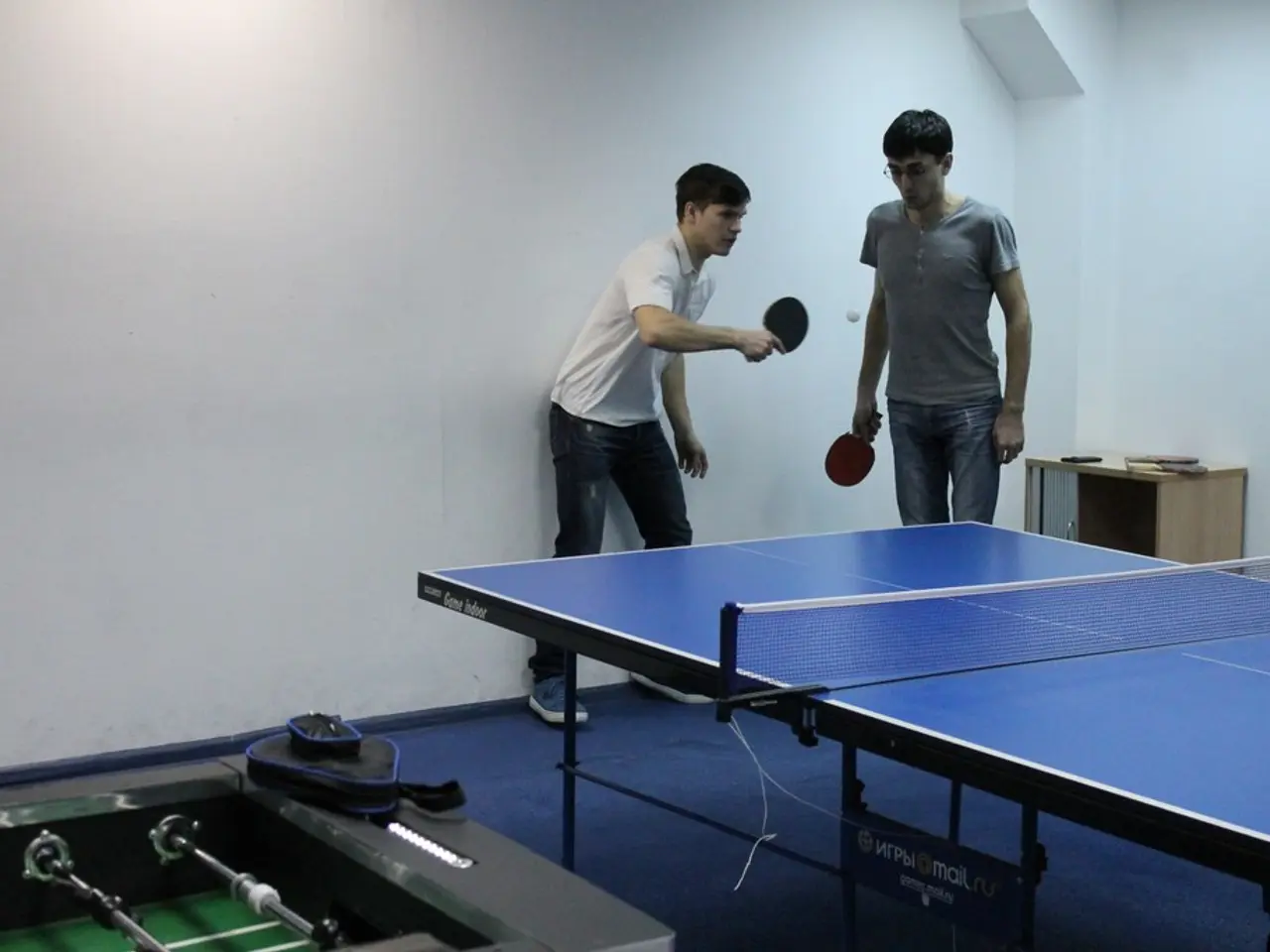Conflict: Sail versus Soar
In the world of poker, understanding polarized and depolarized ranges is crucial for effective postflop play. These concepts help you construct your betting range and strategize your raises, ultimately impacting your chances of winning.
A polarized range consists mostly of very strong hands and bluffs, while a depolarized (or merged) range contains more medium-strength value hands and fewer bluffs. By recognising whether your range should be polarized or depolarized, you can decide the composition of your raises and calls.
For instance, on certain board textures that favour strong hands or clear bluffs, you might polarize your raising range to maximize fold equity. On more neutral boards where opponents can have many medium-strength hands, a depolarized approach can better extract value.
The optimal raise size for each situation depends on several factors: board texture, opponent tendencies, pot size and stack depth, and game theory optimal (GTO) guidelines. For example, more coordinated boards might require polarized raises to apply pressure or protect strong hands. Against calling stations, smaller, value-heavy raises may be better, while against tight players, larger bluffs might be effective.
In practice, players approximate these concepts by adjusting raise sizes based on these factors and their hand strength distribution, aiming to balance exploitable and unexploitable play.
When deciding between calling and 3-betting on the preflop, the players in the blinds are primarily considered. A 3-bet to $6.50 can confuse most regular players, making them make more mistakes. On a board with more overpairs than bluffs in your opponent's range, raising will be less effective.
In typical situations, a number in the $7-$9 range works for most players when 3-betting on NL100. When polarizing our range, we raise with either very strong hands or weak ones. I'll float with equity more often than raise with equity against opponents who frequently check-fold.
If I have a flush draw on the flop and my opponent has a range with significantly fewer overpairs, raising can be profitable as I can make him fold weak hands. On some dry boards, it's better to raise with equity, as my opponent might try to catch me bluffing. If an opponent starts responding to our re-raises with hands like J-T, we should re-raise with hands like K-J for range polarization.
Paying attention to what opponents show down with can help determine if they have a polarized or depolarized range. Most players rarely consider adjusting to polarized or depolarized ranges, but doing so can greatly improve your poker strategy and overall performance.
If I completely miss the flop, I'll happily fold my hand against weaker opponents. In contrast, against stronger opponents, I might consider floating with a draw rather than raising, as they are less likely to fold to a bet.
In conclusion, understanding polarized and depolarized ranges and adjusting your strategy accordingly can significantly improve your postflop play. By considering the factors discussed, you can make more informed decisions and increase your chances of winning.
- In the lively atmosphere of a casino-and-gambling establishment, I'm not just playing poker; I'm strategically deciding whether my range should be polarized or depolarized based on the board texture, opponent tendencies, and other factors.
- While sports and sports-betting might interest me outside the poker table, in the game of poker, understanding polarized and depolarized ranges is what separates a winning strategy from a losing one.




